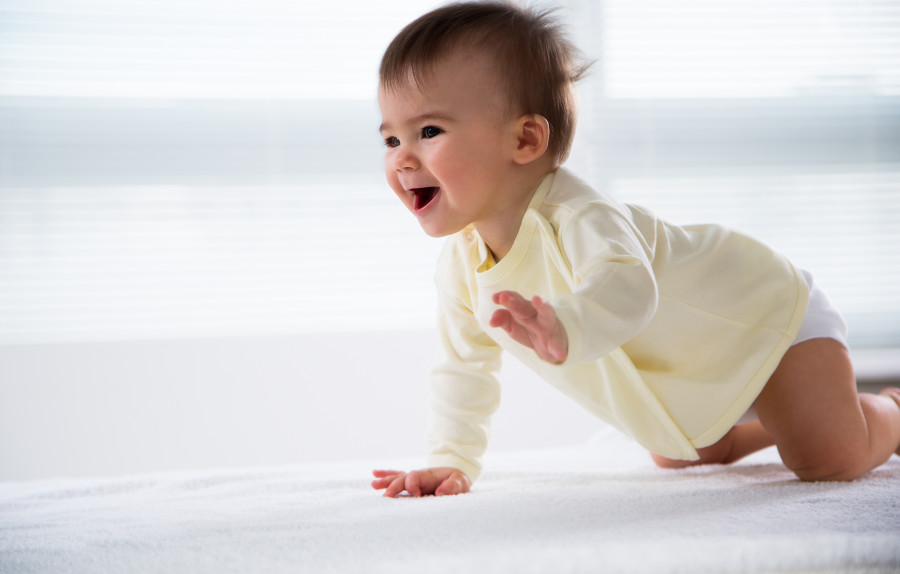Does your newborn baby have kneecaps?
- Yes
- No
- Sort of
- All of the above
The confusion is because what sounds like a pretty simple question actually has a rather ambiguous answer. The lack of a definite answer depends on how you define that little doohickey that we call a kneecap.
If you are an adult, your kneecap—AKA your patella—is a flat sort-of-circular bone that is in front of the bottom end of your femur, the long bone of your thigh. It is connected by a tendon to the muscle in front of your thigh and by a ligament to the tibia bone of your lower leg. The purpose of your patella is to help with extension of your knee. It increases the leverage that the tendon to your thigh muscles can exert on your femur and generally makes your leg work better. The patella is a sesamoid bone, which means that it is a bone that is embedded in a tendon or muscle.
So what does this mean in terms of a baby’s knees? At birth, your baby has a patella, but is not made of bone. It is made of cartilage. That piece of cartilage in a baby’s knee will eventually turn into bone in a process called ossification. (Actually, all the bones in the human body start out as cartilage and before birth they slowly turn into bone. The patella is one piece of cartilage that does not get around to turning into bone until after birth.)
Ossification of a human kneecap starts around age three. Areas of bone start forming within the cartilage of the patella and eventually grow together into a bony kneecap. The whole kneecap is not done turning into bone until around puberty.
So if you think of a kneecap as a piece of bone, a baby does not have one.
If you think of a kneecap as a piece of cartilage in the middle of the tendon connected to the femur, then a baby does have one.
And if you can see both side of that argument, you can answer “sort of” and “all of the above.”
But why don’t babies have bony kneecaps at birth? Exactly why is not known, but the lack of a hard kneecap is probably a good thing when you realize that crawling around on a hard bone is less comfortable than crawling around on a soft bit of cartilage. Another good reason is that kids fall on their knees a lot, and a soft kneecap is less prone to being broken than a bony one.

